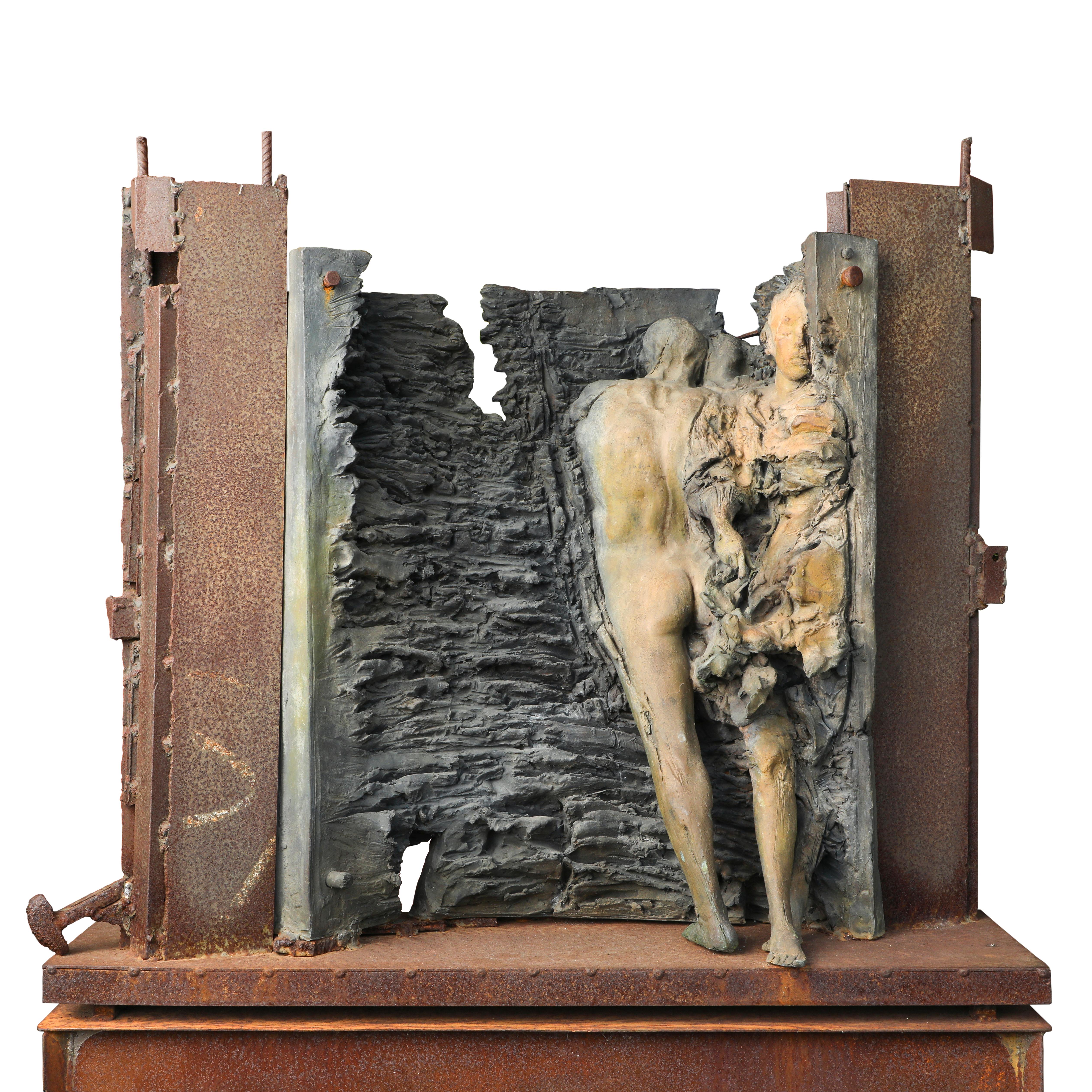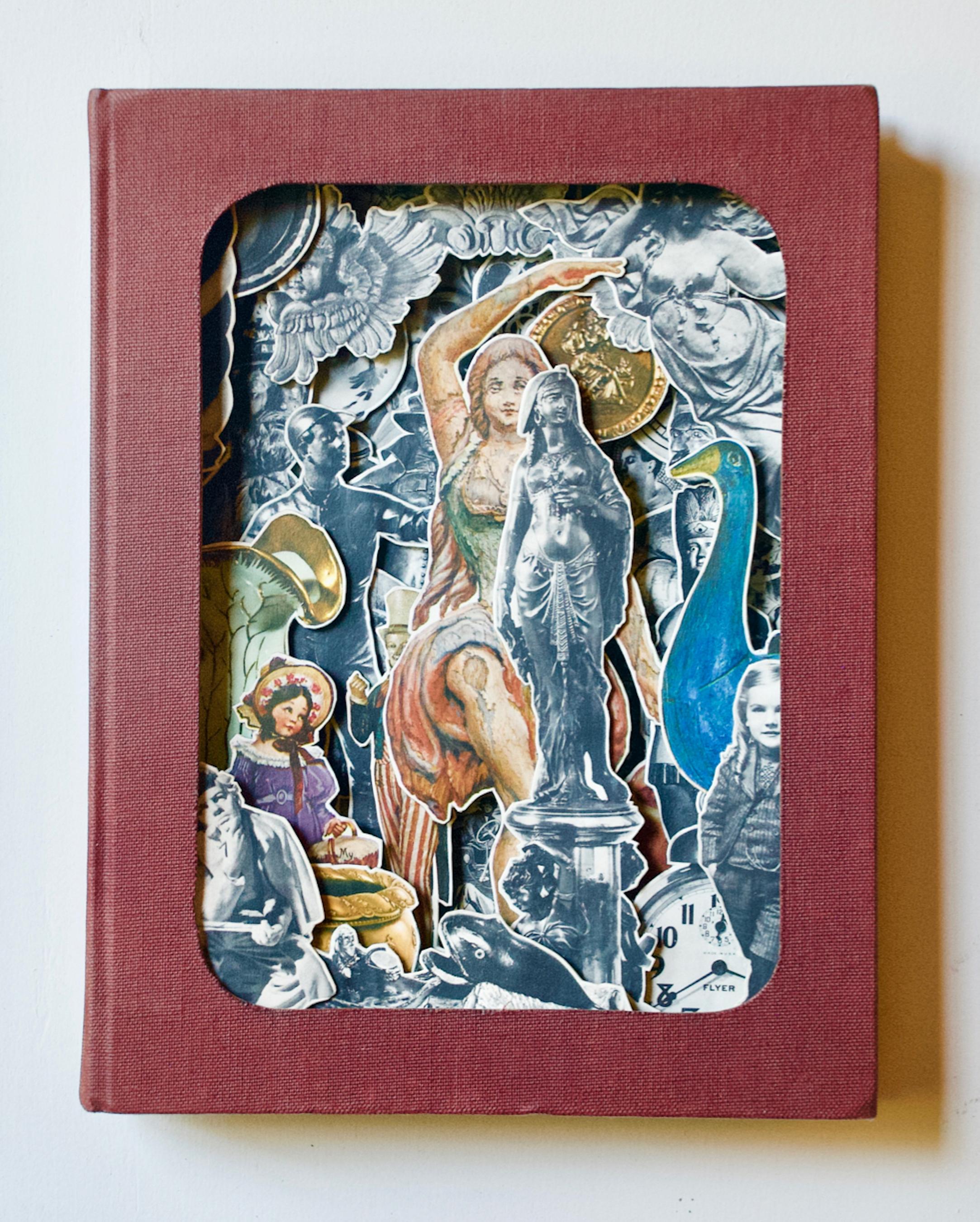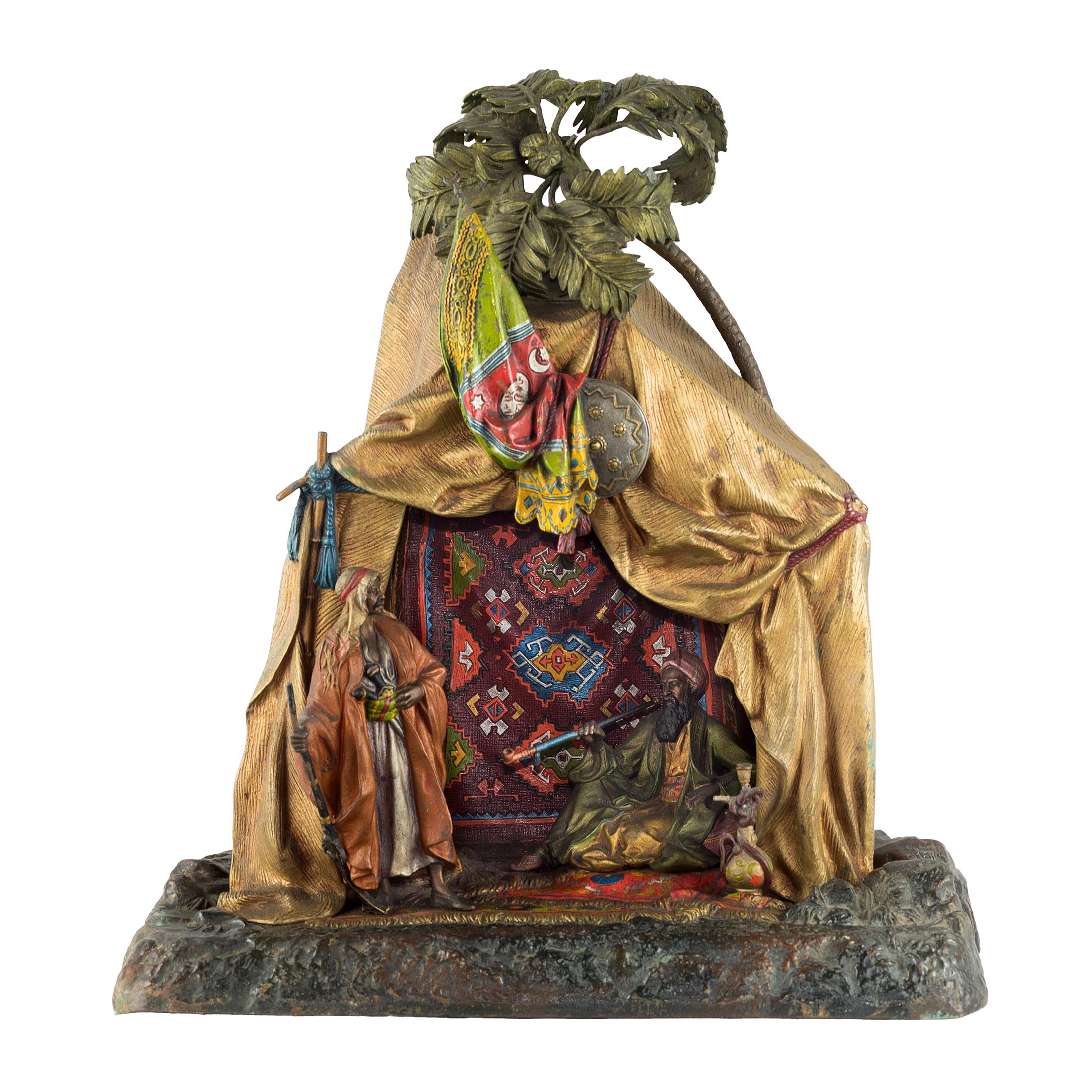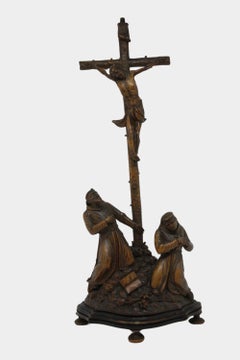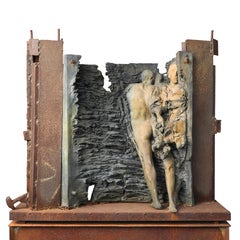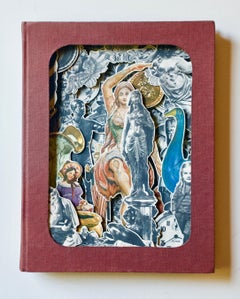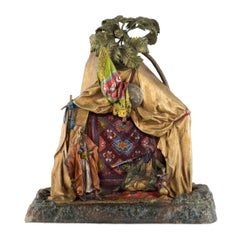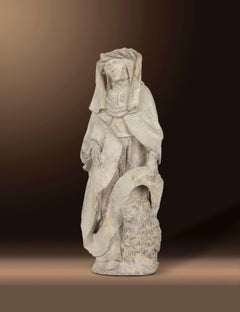Want more images or videos?
Request additional images or videos from the seller
1 of 9
Alberto TipaCHRISTMAS1750 ca
1750 ca
$8,317.74
£6,183.28
€7,000
CA$11,441.47
A$12,747.50
CHF 6,723.07
MX$154,542.82
NOK 85,527.19
SEK 79,673.99
DKK 53,329.21
About the Item
CITES Documentation: IT/CE/2023/MI/00454
Exceptional composition with ivory microsculptures and landscape made of semi-precious stones, shells, and small corals in coeval carved and gilded frame.
Tipa family work, Trapani, circa 1750.
The Tipa family, celebrated sculptors and carvers, were famous for creating exquisite and minute works in fine materials such as alabaster, coral, ivory, amber and shell. The workshop, founded by Giuseppe Tipa, reached its peak through his sons Andrea (1725-1766) and Alberto (1732-1783).
Andrea Tipa, a master recognized at the European level, excelled in the "softness and fineness" of his ivory crucifixes and in the working of "incarnate stone," a particular translucent alabaster with reddish veins, typical of the Trapani area. Albert, for his part, specialized in making crucifixes and complex sculptural groups.
Tipa's nativities are distinguished by their use of heterogeneous materials and synthesis of styles: neoclassical taste, with a predilection for ivory, blends harmoniously with the vivid polychromy of Sicilian Baroque.
Andrea Tipa, in addition to monumental sculpture (such as the 1750 statue of Charles III, now lost), distinguished himself for small-scale works of extraordinary quality, including this splendid nativity scene, a testament to the virtuosity and artistic sophistication of the Tipa family.
- Creator:Alberto Tipa (1732 - 1783, Italian)
- Creation Year:1750 ca
- Dimensions:Height: 9.45 in (24 cm)Width: 12.21 in (31 cm)Depth: 3.15 in (8 cm)
- Medium:
- Movement & Style:
- Period:
- Condition:
- Gallery Location:Milano, IT
- Reference Number:1stDibs: LU2802215521762
About the Seller
No Reviews Yet
Vetted Professional Seller
Every seller passes strict standards for authenticity and reliability
Established in 1966
1stDibs seller since 2024
- ShippingRetrieving quote...Shipping from: Milano, Italy
- Return Policy
Authenticity Guarantee
In the unlikely event there’s an issue with an item’s authenticity, contact us within 1 year for a full refund. DetailsMoney-Back Guarantee
If your item is not as described, is damaged in transit, or does not arrive, contact us within 7 days for a full refund. Details24-Hour Cancellation
You have a 24-hour grace period in which to reconsider your purchase, with no questions asked.Vetted Professional Sellers
Our world-class sellers must adhere to strict standards for service and quality, maintaining the integrity of our listings.Price-Match Guarantee
If you find that a seller listed the same item for a lower price elsewhere, we’ll match it.Trusted Global Delivery
Our best-in-class carrier network provides specialized shipping options worldwide, including custom delivery.More From This Seller
View AllNativity
Located in Milano, IT
Diorama in Wood and Polychrome Stucco
Attributed to Thomas Gaudiello (Naples, active 1685-1727)
This fascinating diorama depicting the Nativity is distinguished by its complex three...
Category
Late 17th Century Baroque Figurative Sculptures
Materials
Wood, Chalk
16th century Neapolitan nativity scene in gilded and marbled frame
Located in Milano, IT
Exceptional 16th-century Neapolitan nativity scene, framed by a gilded frame with elegant marbled details in shades of green. The exquisitely decorated frame lends depth and prestige...
Category
16th Century Baroque Figurative Sculptures
Materials
Precious Stone, Wood, Wax, Other Medium
Saint Jerome the Penitent
Located in Milano, IT
Fine 16th-century polychrome wax sculpture depicting Penitent Saint Jerome, one of the most evocative subjects in the Christian tradition. The work, created with extraordinary skill,...
Category
16th Century Italian School Figurative Sculptures
Materials
Organic Material, Wax
Crucifixion with St. Francis and St. Anthony, Bottega del Brustolon
By Andrea Brustolon
Located in Milano, IT
Magnificent boxwood sculpture made in the famous workshop of Brustolon, a master carver active in the Veneto region between the 17th and 18th centuries. This masterpiece depicts the ...
Category
17th Century Italian School Figurative Sculptures
Materials
Wood
Old Skeleton Puppet
Located in Milano, IT
Fascinating and rare wooden puppet depicting a skeleton, dating from the 19th century and probably of European origin. This piece hand-carved with extraordinary attention to anatomic...
Category
19th Century Figurative Sculptures
Materials
Wood
SACRISTY DOOR
Located in Milano, IT
Antique Sacristy Door with Skull and Crossbones - Italy, 17th Century
Exceptional wooden vestry door, dating from the 17th century, from Italy. This unique piece was originally used...
Category
17th Century Italian School Figurative Sculptures
Materials
Wood Panel
You May Also Like
Sull'abisso dell'eternita, 2011
By Hugo Rivas
Located in Atlanta, GA
“Making sculpture is a very complex matter. A word added to a form, ultimately helping to better define it. And ultimately helping to understand the whole.”
Ugo Riva is probably the...
Category
21st Century and Contemporary Figurative Sculptures
Materials
Bronze, Iron
Bygone Days
By Tony Dagradi
Located in New Orleans, LA
Medium: hardcover book, acrylic varnish
TONY DAGRADI is an internationally recognized jazz performer, artist, composer, author, and educator. For over three decades he has made his ...
Category
21st Century and Contemporary Contemporary Figurative Sculptures
Materials
Paper, Varnish
Austrian Cold Painted Bronze By Anton Chotka
By Anton Chotka
Located in New York, NY
A cold patinated bronze model depicting a two Arab men in a tent, pitched with the help of a palm tree, and held open with a shield and flag. The seated figure sits, smoking an long pipe. The standing figure guards the entrance of the tent, with a large rifle in his hands.
Signed "Chotka” on the base
Artist: Anton Chotka...
Category
Early 20th Century Figurative Sculptures
Materials
Bronze
Hl. Hieronymus
Located in Wien, Wien
St. Jerome
347 Stridon, Croatia - 420 Bethlehem
Around 1500/20
Limestone
Remains of the original polychromy
Height 45 cm
The man with the holy name!
347 Stridon, Croation – 420 Be...
Category
16th Century Figurative Sculptures
Materials
Limestone
An offering
By Jenny Day
Located in New Orleans, LA
JENNY DAY is a painter who lives in Santa Fe, New Mexico. She earned an MFA in Painting and Drawing from the University of Arizona, a BFA in Painting from the University of Alaska Fa...
Category
21st Century and Contemporary Contemporary Figurative Sculptures
Materials
Stoneware
Untitled
By Tony Berlant
Located in Toronto, Ontario
Tony Berlant (b. 1941) is an American artist renowned for his painterly collages and intricate metal sculptures. His work combines various source materials including photographs, fou...
Category
1990s Contemporary Figurative Sculptures
Materials
Metal, Steel
$5,600 Sale Price
20% Off
More Ways To Browse
Antique Trapani
Riho Kuld
Rodin Man With Broken Nose
Rosendo Porro Cuesta
Ruslan Karablin
Sacred Langur
Salvador Dali Bas Relief Silver
Sergei Isupov
Sydney Kumalo
Tayeba Lipi
Trois Sardines
Verdigris Wall Sculpture
Vincent Glinsky Sculpture
Vincent Glinsky
Virgen De La Caridad Del Cobre
Walt Horton Bronze
Wendy Saxon Brown
Wesley Fleming

